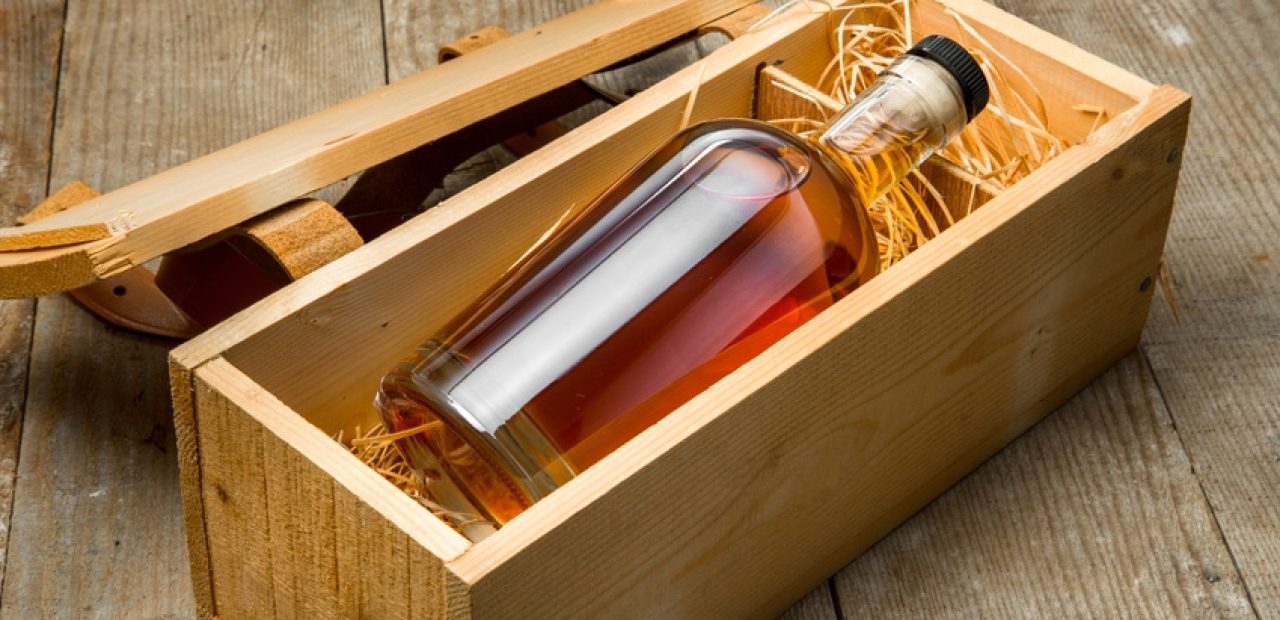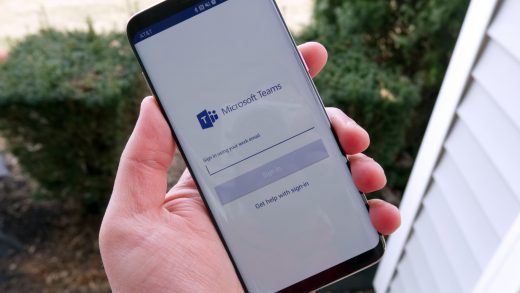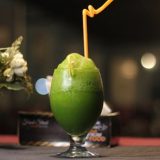The Business of Whiskey – How Marketing and Branding Drive Consumer Choice?
Whiskey is one of the most popular alcoholic beverages in the world, and its popularity is only growing. With so many brands and types of whiskey available, it can be hard to know where to start. That’s why we’ve put together this guide to the business of whiskey.
In this guide, we’ll cover everything you need to know about the business of whiskey, from how it’s made to how it’s marketed and sold. We’ll also dispel some common myths about whiskey and explain why it’s such a popular drink.
So whether you’re a whiskey lover or just curious about the business behind this iconic beverage, read on for a crash course in the business of whiskey.
The History and Development of Whiskey Marketing
Whiskey marketing has a long and storied history, dating back to the early days of American whiskey production. In the early 1800s, producers of American whiskey began to market their products to consumers in other countries, particularly Great Britain. This was done in an effort to increase exports of American whiskey.
During the 19th century, whiskey marketing became more sophisticated, with producers using advertising and other marketing tools to promote their products. One of the most famous American whiskey brands, Jack Daniel’s, was founded in 1875 and quickly became known for its distinctive bottle and branding.
Today, whiskey marketing continues to evolve, with producers using social media and other digital channels to reach consumers who prefer to buy whiskies online. The use of celebrity endorsements is also becoming increasingly common in the world of whiskey marketing.
What is Branding and How Does it Affect Consumer Choice?
When it comes to whiskey, marketing and branding play a huge role in consumer choice. Branding can be defined as “the use of a name, term, design, symbol, or other feature to identify a product or service and distinguish it from those of other producers.” In the world of whiskey, there are countless brands vying for attention, so it’s important for distilleries to create a strong brand that consumers can easily recognize and remember.
Branding can affect consumer choice in several ways. First, it can create brand loyalty, which is when consumers consistently choose one brand over others. This loyalty can be based on many factors, such as emotional connection, quality of the product, or value for the price. Once a consumer is loyal to a particular brand, they are less likely to switch to another brand, even if another option might be cheaper or higher quality.
Second, branding can influence perceived quality. Consumers often associate high-quality products with certain brands, and this perception can impact their buying decisions. Even if two products are identical in terms of quality, the one with the better brand reputation will likely sell more units.
Finally, branding can also affect how much consumers are willing to pay for a product. If a consumer perceives a product to be high-quality because of its branding, they may be willing to pay more for it than they would for an identical product with no branding. In other words, branding can turn an ordinary product into a premium.
Impact of Advertising on Consumer Decisions
Whiskey is big business. In the United States alone, whiskey sales totaled $3.1 billion in 2016, with bourbon and Tennessee whiskey accounting for the lion’s share of that figure. But it’s not just the size of the market that makes whiskey so attractive to producers; it’s also the fact that consumer spending on whiskey has been growing steadily for years.
Advertising plays a significant role in driving consumer choice in the whiskey market. Producers use advertising to create an emotional connection with potential customers and to differentiate their products from competitors.
In recent years, craft whiskey producers have been particularly successful in using advertising to reach consumers. These brands have focused on telling a story about their product and emphasizing its unique qualities. This approach has resonated with many consumers who are looking for a more personal connection with the brands they purchase.
While advertising can be a powerful tool for influencing consumer behavior, it’s important to remember that ultimately, it is the quality of the product that will determine whether or not someone becomes a loyal customer.
Types of Strategies Used in Whiskey Marketing
Whiskey marketing employs a number of strategies to reach consumers and convince them to purchase a particular brand. Some common strategies used in whiskey marketing include:
- Using celebrity endorsements: Celebrities can help to raise awareness of a whiskey brand and make it more desirable to potential customers. For example, actor Sean Connery was famously associated with the Highland Park single malt Scotch whisky brand.
- Appealing to different consumer segments: Whiskey brands often target specific consumer segments with tailored marketing messages. For example, some brands may focus on appealing to female consumers, while others may focus on attracting younger drinkers.
- Developing creative marketing campaigns: Many whiskey brands develop creative marketing campaigns that stand out from the competition. For example, The Macallan’s “The Macallan in Every Moment” campaign featured a short film that told the story of how the brand’s whisky could be enjoyed in any moment, no matter what the occasion.
- Using social media: Social media is a powerful tool that can be used to reach a large number of potential customers at relatively low cost. Many whiskey brands use social media platforms such as Twitter and Facebook to connect with consumers and promote their products.
How Social Media is Influencing Whiskey Brands
In recent years, social media has begun to play an increasingly important role in the whiskey industry. Brands are using platforms like Twitter and Instagram to reach out to potential customers, and influencers to promote their products.
There are a number of ways that social media is influencing whiskey brands. One is through the use of influencers. Influencers are people with large followings on social media who can promote a brand to their followers. Brands will often give influencers free bottles of whiskey or pay them to post about their product.
Another way social media is influencing whiskey brands is by giving brands a way to connect with potential customers directly. In the past, brands would have to rely on print or television ads to reach potential customers. But now, with social media, brands can reach out to potential customers directly and start a relationship with them.
Finally, social media is also changing the way that consumers discover new whiskeys. In the past, if you wanted to try a new whiskey, you would have to go to a liquor store and ask for recommendations. But now, with social media, you can explore different brands and find new favorites without even leaving your house.
Benefits for Companies Who Invest in Strategic Branding
There are many benefits for companies who invest in strategic branding, including creating a strong and recognizable brand identity, differentiating your product from competitors, building customer loyalty, and increasing sales and profits. A well-executed branding strategy can also help you attract and retain top talent, as employees are often attracted to companies with strong brands. Additionally, a strong brand can help you weather tough economic times by instilling confidence in consumers and instilling loyalty among your customers.
Conclusion
As we have seen, the business of whiskey is driven by marketing and branding. From clever packaging to effective advertising campaigns, the success of a brand of whiskey can come down to how well it stands out from its competitors. With so many brands on the market today vying for consumer attention, understanding how marketing and branding influences choice can be key in helping your favorite whiskey stand out from the crowd.













